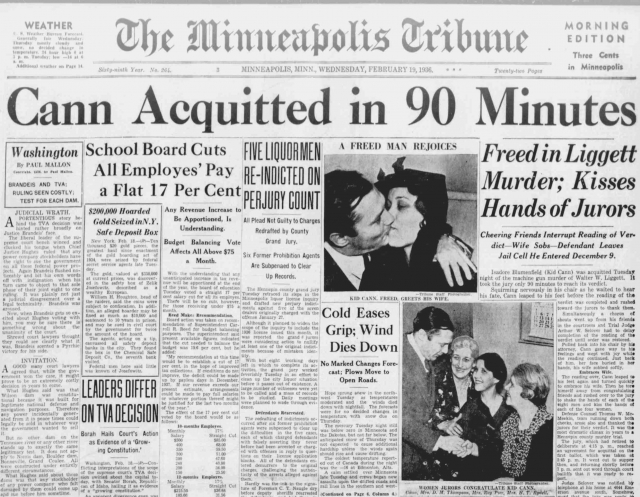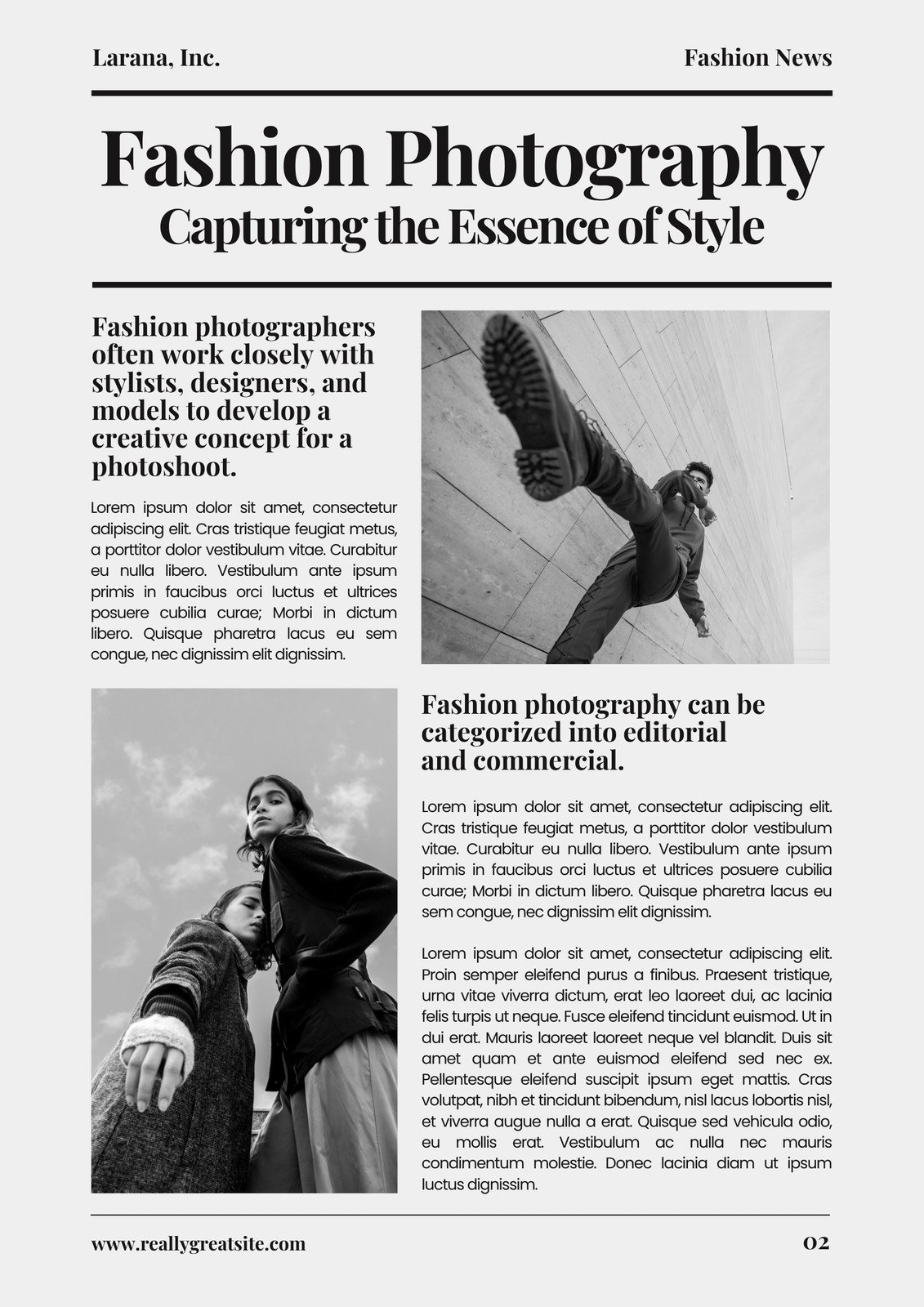The 5-Second Trick For News Articles
Table of ContentsNews Articles - The FactsGetting My News Articles To WorkEverything about News ArticlesThe 7-Minute Rule for News ArticlesNews Articles Things To Know Before You Buy
Good understanding of various topics provides students an affordable edge over their peers. Even though electronic and social media are conveniently accessible, we need to not neglect exactly how vital it is to check out the papers. Parents must attempt and instill the practice of reviewing a newspaper as an everyday regimen to proceed the heritage of the revered print medium.News tales likewise consist of a minimum of among the following crucial characteristics about the desired target market: proximity, prestige, timeliness, human interest, anomaly, or consequence. The associated term journalese is in some cases made use of, generally pejoratively, to refer to news-style writing. Another is headlinese. Papers generally comply with an expository writing design.
Within these limitations, information tales additionally intend to be thorough. Nevertheless, various other aspects are entailed, some stylistic and some obtained from the media kind. Amongst the larger and a lot more reputable newspapers, fairness and balance is a significant variable in offering info. Commentary is usually restricted to a separate area, though each paper may have a different overall angle.
Papers with an international target market, for example, have a tendency to make use of a more formal style of composing. News Articles.; common design guides consist of the and the United States Information Design Publication.
Some Known Factual Statements About News Articles
As a regulation, reporters will certainly not make use of a lengthy word when a brief one will do. Information authors attempt to prevent using the exact same word much more than once in a paragraph (in some cases called an "echo" or "word mirror").
Nevertheless, headlines sometimes leave out the topic (e.g., "Leaps From Watercraft, Catches in Wheel") or verb (e.g., "Pet cat woman fortunate"). A subhead (likewise subhed, sub-headline, subheading, subtitle, deck or dek) can be either a subordinate title under the major heading, or the heading of a subsection of the post. It is a heading that precedes the main message, or a team of paragraphs of the main message.

Added billboards of any of these kinds may appear later on in the article (especially on subsequent web pages) to tempt more reading. Such signboards are also utilized More about the author as pointers to the write-up in other areas of the publication or site, or as advertisements for the piece in various other publication or websites. Common framework with title, lead paragraph (summary in strong), various other paragraphs (details) and contact info.

Example of a hard-lead paragraph NASA is proposing one more space project. The spending plan requests about $10 billion for the job.
The NASA statement came as the agency asked for $10 billion of appropriations for the project. An "off-lead" is the second most vital front web page news of the day. The off-lead appears either in the top left corner, or straight below the lead on the right. To "hide the lead" is to begin the article with history information or details of additional significance to the viewers, requiring them to learn more deeply into an article than they need to need to in order to discover the essential factors.
The 7-Second Trick For News Articles
Typical use is that one or more sentences each form their own paragraph. Reporters usually define the company or structure of a news tale as an inverted pyramid. The crucial and most interesting aspects of a tale are put at the beginning, with sustaining details following in order of advice reducing importance.
It enables people to discover a topic to only the deepness that their inquisitiveness takes them, and without the imposition of details or nuances that they could think about pointless, however still making that details offered to a lot more interested readers. The upside down pyramid framework also enables posts to be trimmed to any arbitrary size throughout design, to fit in the area available.
Some authors begin their stories with the "1-2-3 lead", yet there are lots of sort of lead available. This style invariably begins with a "Five Ws" opening up paragraph (as defined over), adhered to by an indirect quote that serves to support a significant aspect of the very first paragraph, and after that a straight quote to sustain the indirect quote. [] A kicker can refer to numerous things: The last story in the news broadcast; a "satisfied" tale to finish the program.
Longer write-ups, such as publication cover write-ups and the items that lead the within areas of a newspaper, are referred to as. Feature tales differ from straight news in several methods. Foremost is the absence of a straight-news lead, most of the moment. Instead of providing the significance of a tale up front, attribute writers may try to entice viewers in.
The 6-Minute Rule for News Articles
The reporter typically information communications with meeting topics, making the item much more individual. An attribute's initial paragraphs often relate a fascinating minute or occasion, as in an "unscientific lead". From the details of a person or episode, its sight promptly widens to abstract principles concerning the tale's topic. The section that signals what a feature is about is called the or signboard.

The Editor's Toolbox: A Referral Guide for Beginners and Professionals (2001) Allan M. Siegal and William G. Connolly. The New York Times Guidebook of Style and Use: The Official Design Guide Utilized by the Writers and This Site Editors of the Globe's Most Authoritative Paper (2002) M. L. Stein, Susan Paterno, and R.